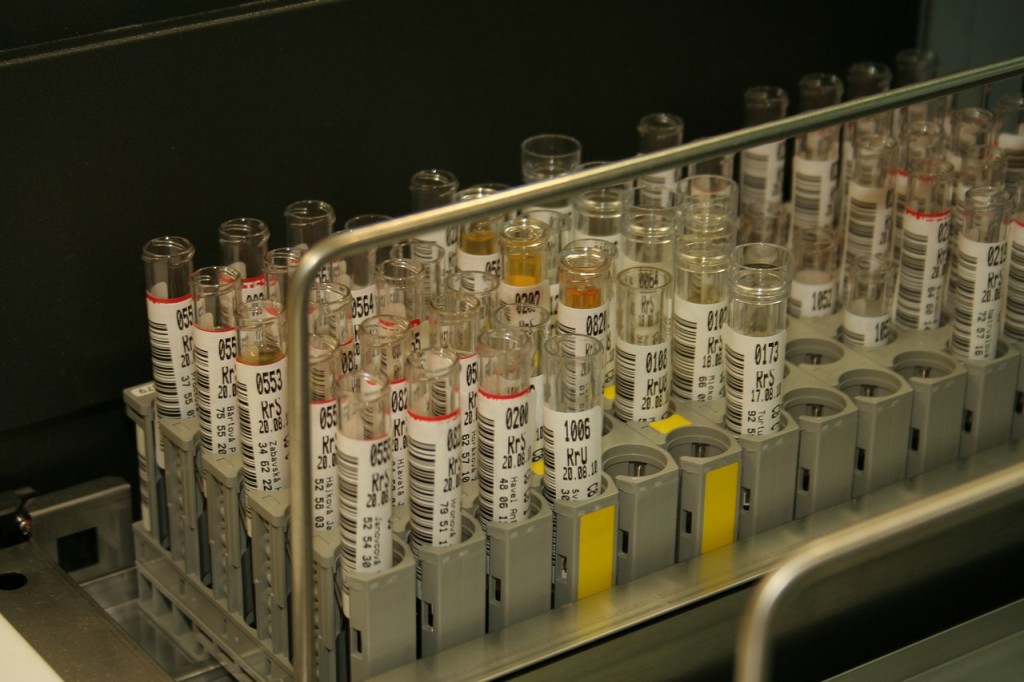Safe and Lasting Liquid Waste Disposal: Your Go-To Provider
Safe and Lasting Liquid Waste Disposal: Your Go-To Provider
Blog Article
Just How Fluid Garbage Disposal Functions: An In-depth Review of Techniques and Technologies Used

Introduction of Fluid Waste Kind
The complexity of liquid waste types demands a thorough understanding of their features and ramifications for disposal. Liquid waste can extensively be classified into numerous kinds, consisting of commercial, municipal, agricultural, and hazardous waste. Each category shows distinctive buildings, requiring specific administration approaches to minimize ecological and health risks.
Industrial fluid waste originates from manufacturing processes and commonly has a range of contaminants, such as heavy steels, solvents, and organic substances. Community fluid waste, mostly comprising wastewater from homes and industrial establishments, consists of raw material, nutrients, and pathogens (industrial wastewater treatment). Agricultural liquid waste, including drainage from farms, may include fertilizers, chemicals, and pet waste, posing threats to water top quality and ecological communities
Harmful liquid waste is characterized by its toxicity, reactivity, or potential to cause injury. Recognizing these varied fluid waste kinds is essential for creating effective disposal techniques and making certain conformity with environmental policies.
Physical Therapy Methods

Screening is the preliminary action, where larger particles and debris are removed from the fluid waste using displays or grates. In sedimentation tanks, larger particles work out at the bottom, forming a sludge layer, while the made clear fluid can be further treated.
Purification is another essential method that involves passing the fluid with permeable materials, such as sand or membrane layers, to record smaller sized particles. This step improves the top quality of the liquid, making it appropriate for subsequent treatment processes.

Chemical Treatment Strategies
Chemical treatment strategies are necessary for efficiently taking care of liquid waste, especially in resolving dissolved and colloidal contaminants that physical techniques may not adequately get rid of. These strategies utilize numerous chemical agents to counteract, speed up, or change unsafe compounds into less unsafe types.
One common method is coagulation and flocculation, where chemicals such as alum or ferric chloride are included in promote the gathering of put on hold particles. This process enhances sedimentation, allowing for easier removal of the resulting sludge. Furthermore, oxidation procedures, utilizing representatives like chlorine or ozone, are webpage used to break down complex organic substances and pathogens, making the waste much safer for discharge or additional therapy.
Neutralization is an additional critical technique, which changes the pH of acidic or alkaline waste streams to neutral degrees, protecting against potential damage to downstream systems and the atmosphere. Additionally, advanced oxidation processes (AOPs) utilize combinations of oxidants and ultraviolet light to break down consistent toxins, achieving a greater degree of treatment efficiency.
Organic Treatment Procedures
Biological therapy processes play an essential role in the management of site web liquid waste by making use of microorganisms to decompose organic issue and reduce pollutant degrees. These procedures can be broadly categorized right into anaerobic and cardio therapies, each utilizing particular microbial communities to accomplish efficient waste destruction.
Cardiovascular treatment entails the use of oxygen to assist in the malfunction of organic materials by microorganisms. This process is commonly executed in turned on sludge systems, where aeration storage tanks give a favorable environment for microbial growth, causing the oxidation of organic toxins. The resultant biomass can be separated from dealt with effluent via sedimentation.
On the other hand, anaerobic treatment occurs in the lack of oxygen, counting on various microorganisms to damage down natural issue. This technique is especially useful for high-strength waste, as it generates biogas, a renewable resource resource, while lowering sludge manufacturing. Technologies such as anaerobic digesters are regularly employed in commercial and municipal applications.
Both anaerobic and cardio biological therapies not only decrease the ecological impact of liquid waste however likewise promote resource healing, making them crucial parts of sustainable waste administration methods. Their effectiveness, flexibility, and performance support their widespread implementation across different fields.
Arising Technologies in Disposal
Cutting-edge approaches to liquid waste disposal are swiftly developing, driven by innovations in technology and an increasing focus on sustainability. Amongst these emerging innovations, membrane bioreactors (MBRs) have gotten grip for their capacity to integrate biological treatment with membrane layer filtration, causing top notch effluent that can be recycled in different applications. MBRs make it possible for smaller sized impacts and much more efficient operations compared to standard systems.
One more encouraging advancement is making use of anaerobic food digestion integrated with over at this website nutrient recovery innovations, which not just deals with liquid waste however likewise generates biogas and recoups valuable nutrients like nitrogen and phosphorus. This double advantage enhances resource performance and minimizes environmental influence.
Furthermore, progressed oxidation processes (AOPs) are being embraced for the deterioration of intricate organic toxins. These techniques utilize effective oxidants and drivers to break down impurities at the molecular degree, offering a very efficient remedy for difficult waste streams.
Moreover, the integration of expert system and equipment knowing in waste administration systems is optimizing functional effectiveness and predictive maintenance, resulting in lowered expenses and boosted ecological compliance. These technologies mirror a substantial shift in the direction of even more lasting and reliable fluid waste disposal techniques.
Verdict
In conclusion, effective liquid waste disposal demands a detailed understanding of numerous techniques and innovations. By continually advancing these methodologies, it becomes feasible to address the growing obstacles associated with fluid waste, ultimately adding to ecological defense and source healing.
Fluid waste disposal is an important facet of environmental management, calling for a detailed understanding of various strategies and modern technologies tailored to various waste types. Fluid waste can extensively be categorized into numerous kinds, consisting of commercial, local, farming, and unsafe waste. Agricultural liquid waste, including overflow from ranches, might include fertilizers, pesticides, and pet waste, positioning threats to water top quality and ecosystems.
Different physical therapy approaches play a vital role in taking care of liquid waste effectively - industrial wastewater treatment.In conclusion, efficient fluid waste disposal requires a comprehensive understanding of different techniques and innovations
Report this page